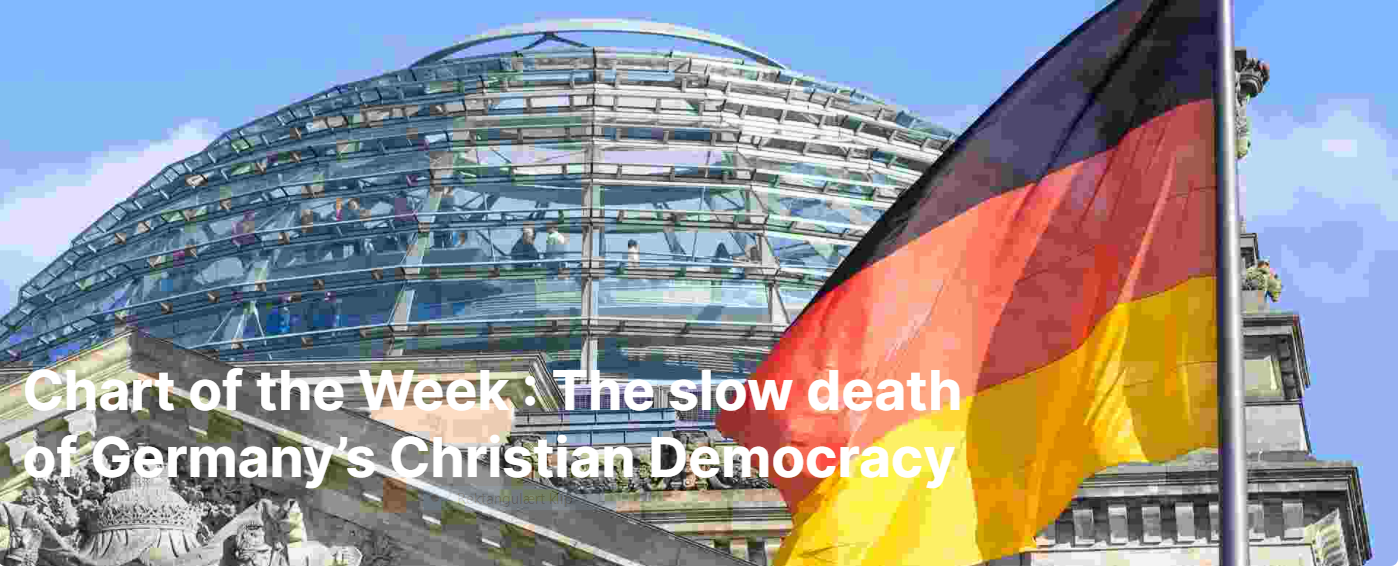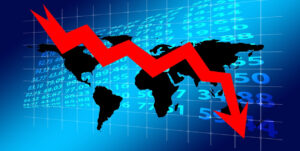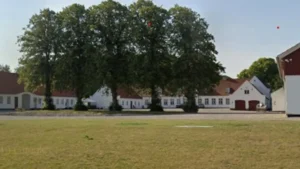ING skriver om det tyske valg. Rapporten blev skrevet kl. 22 i aftes, dvs. før det endelige resultat, hvor socialdemokraterne SPD fik 25,7 pct. af stemmerne, CDU/CSU 24,1 pct., De Grønne 14,8 pct. og de liberale FDP 11,5 pct. En ny regering ventes at få tre partier med Scholz som en sandsynlig kansler og med De Grønne og FDP. De Grønne og FDP ventes at få en stærk rolle uanset hvilken regering, der dannes, fordi begge partier er nødvendige, fordi de står for de vigtigste temaer, og fordi begge partier allerede på valgaftenen viste vilje til samarbejde. De to partier lægger stor vægt på klima-politikken og en genemgribende modernisering af det tyske amfund, også erhvervslivet.
German election thriller ends with cliffhanger
The old slogan that ‘every vote counts’ has never had a better meaning in German politics than at Sunday’s national elections. The outcome is still too close to call. Judging from the polls of 10pm CET, the SPD leads with a small margin ahead of the CDU and three future government coalitions are still theoretically possible
According to the polls at 10pm CET, the SPD would come in at 25.7%, the CDU/CSU at 24.5%, the Greens at 14.3%, the FDP at 11.5%, the AfD at 10.5% and the Left Party at 5%. Don’t forget that postal votes probably accounted for some 50% of this year’s votes. The counting of the postal votes has started in parallel with the normal vote counting. It will take until night before a first official result will be released.
Without going into the details of the election analysis and the drivers behind gains and losses, the results show that Germany no longer has one single dominating party. Instead, this is the lowest result for any winning party ever for national elections.
The current result also means that there will now be long coalition talks. Germany doesn’t have a prefab mechanism for these coalition talks and the strongest party does not have an automatic right to lead the next government. In fact, all parties can have exploratory talks in whichever combination they want until they have found a constellation which would have a parliamentarian majority.
With the current results, three coalitions would be possible: a SPD, Greens and FDP coalition – a CDU, Greens and FDP coalition – or a revival of the grand coalition but then under the leadership of the SPD. The option of a left wing coalition of SPD, Greens and Left Party is no longer possible.
While another grand coalition would only become possible if the other two options completely fail, it is impossible to tell which of the other two coalitions will eventually prevail. Interestingly, chances are high that both the Greens and FDP will be in the next government, either led by the SPD or the CDU.
Therefore, it did not come as a surprise that on Election night, the Greens and the FDP hinted at possible first talks only with each other. Consequently, it might not be German voters who decided on the next chancellor but Greens and FDP.
Even if all parties announced that they don’t want to repeat the long negotiations after the 2017 elections, when it took almost half a year before the next government took office, the upcoming talks between all parties will be anything but a piece of cake. In fact, chances are still high that Angela Merkel will end her term in office as the German chancellor with the longest time in office. For this to happen, she needs to stay in office until 17 December this year. Clearly not impossible after Sunday’s election thriller.




